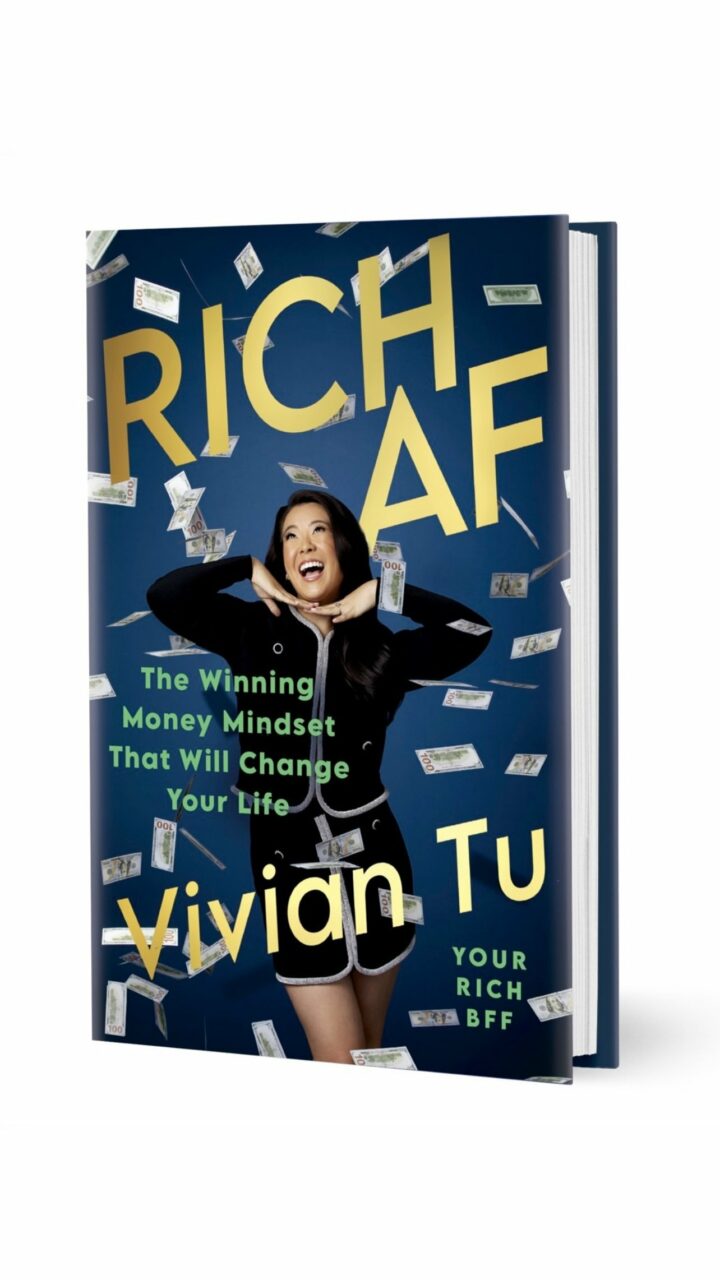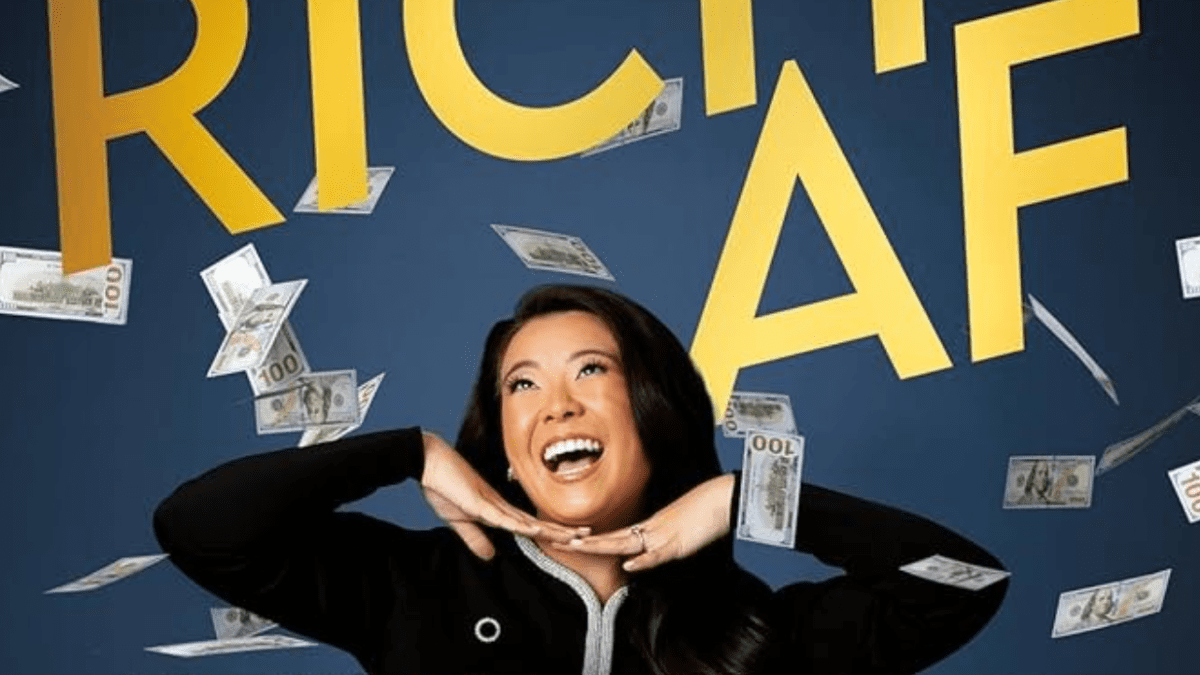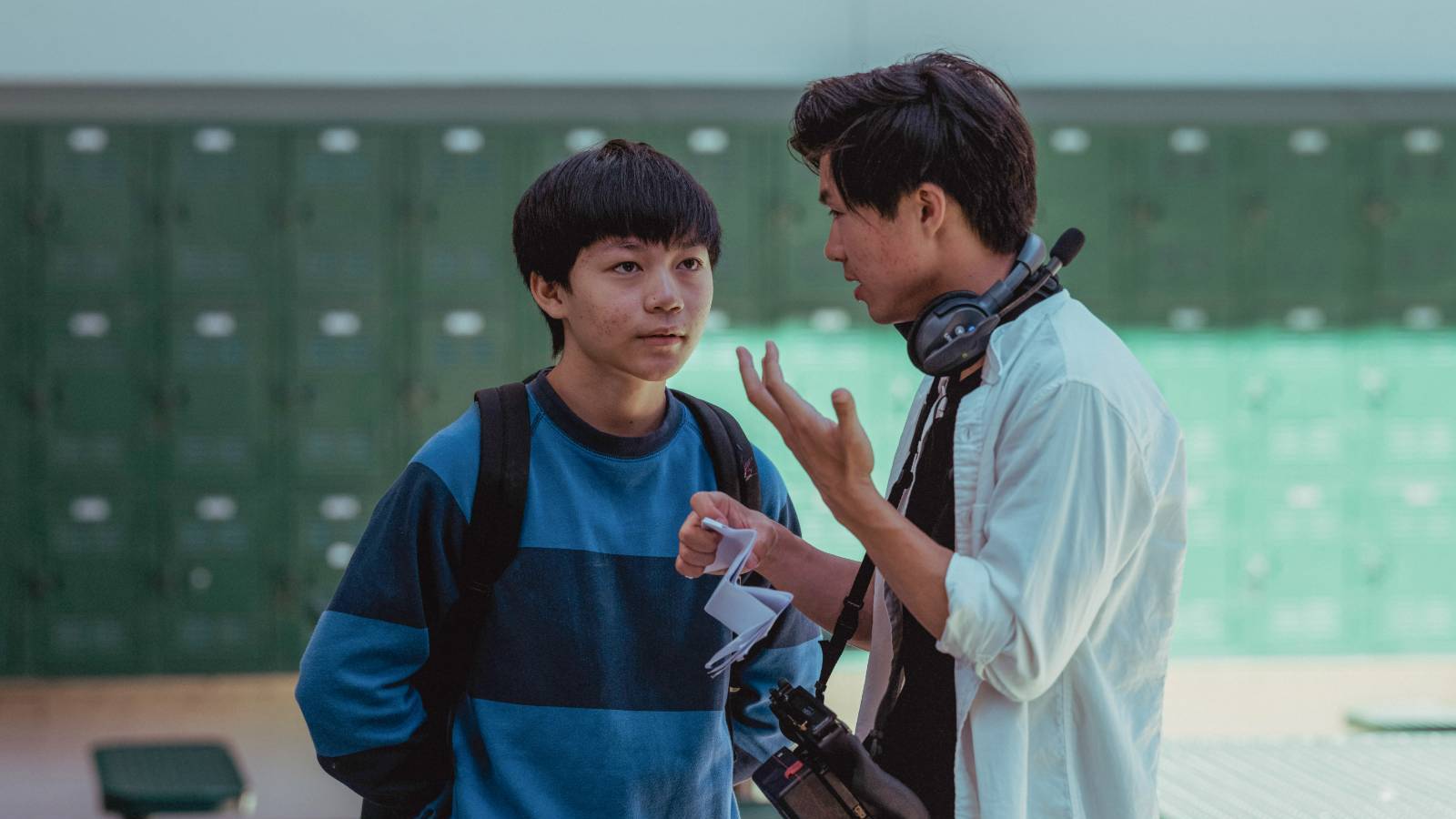Despite brief blips like the post-pandemic “deinfluencing” phase and intermittent conversations about “influencer fatigue,” influencer, or as it’s now more commonly called, creator marketing is continuing to chart a steady path of growth. Valued at nearly $128 billion in 2023, Coherent Market Insights predicts that the creator economy will reach $528 billion by 2030. In fact, a recent survey from Grin found that 74% of U.S. shoppers have purchased a product because it was recommended by a creator.
“The creator economy is not just booming, it’s exploding — it’s expected to grow by half a trillion dollars in the next four years,” said Nicola Mendelsohn, VP of the Global Business Group at Meta during a session at Advertising Week New York (AWNY). “One thing that’s really clear to me is that any brand that wants to be relevant today needs to have a robust content strategy with creators at the heart. It is no longer a nice to have. We are in the next era of customer engagement, one that is fueled by AI and video and driven by the creativity and authenticity that only creators can provide.”
The continued growth of creator marketing is being driven not just by consumer preferences but also because of the format’s proven performance, according to Ryan Detert, CEO of influencer marketing company Influential: “It’s the endemic ability to create an audience in a singular community and tap into it,” he explained at AWNY. “While your owned-and-operated [social] handle is great, it will never be as viewable or have as high of an attention metric as an individual. People trust people more than they usually trust brands. [We see] about 50% higher attention metrics for creators versus an owned-and-operated brand handle. Tapping into those communities of audiences to create content that causes emotionality and drives some sort of outcome [has become] the holy grail of advertising the last three to five years.”
The continued growth of creator marketing also is due to a shift in how brands and creators are working together. “A couple of years ago, it was dance for a dollar, basically, ‘I give you money, you tell everybody on the internet how much you love our brand,’ but very quickly people on the internet started catching on,” said leading creator Vivian Tu, who goes by “Your Rich BFF” on social media.
 Image courtesy Your Rich BFF Media
Image courtesy Your Rich BFF Media
“Now there are so many different ways to work together,” Tu added at a press briefing prior to her appearance at AWNY. “I have partners now who are like, ‘We want to support you and your mission. We would also like to get in front of your audience. How do you recommend we best do that?’ and it becomes a collaboration of social posts, IRL events, press, everything. It becomes a full worldview of the entire funnel versus just, ‘I like your company because you paid me to say so.’”
Tu was described by Mendelsohn as “one of the most influential voices in financial literacy today,” and the numbers back up that claim: A former Wall Street trader, Tu now has more than 3 million followers on Instagram, almost 1.5 million on Facebook and 2.6 million on TikTok. Here are some of her tips for creating high-value creator collaborations that deliver real ROI.
1. Look Outside Your Category for Your Audience
 In 2023 Vivian Tu (aka Your Rich BFF) went from creator to published author. She now has a media company, newsletter and podcast while continuing to maintain her social community. (Image courtesy Your Rich BFF Media)
In 2023 Vivian Tu (aka Your Rich BFF) went from creator to published author. She now has a media company, newsletter and podcast while continuing to maintain her social community. (Image courtesy Your Rich BFF Media)
Tu’s content realm is finance, but as her audience and expertise have grown she has realized that she can branch out into other topics. “When I first started, I really felt like finance is my niche and I’m kind of trapped in here,” she said. “But surprise, surprise, when you have an audience that is 75% to 80% women, just because you’re into finance doesn’t mean you’re not also into cooking and beauty and fashion and all these other things. Some of my first partners were financial services companies — banks and brokerages — but to my surprise, the next people who came knocking were regular consumer brands, like Marshalls, SkinCeuticals and Sweetgreen that [felt they] would benefit from speaking to my audience. All we had to do is find a way to tie it up.”
For example, Tu said one of her best-performing videos is a “get ready with me”-style makeup tutorial where she explains her beauty routine and the products she’s using while also explaining what a backdoor Roth IRA is.
Just as Tu diversified her content, brands should look to do the same when they’re considering what influencers to work with, she said. “At one point it was, if you are a beauty brand you were going out to every single beauty creator, and if you are a food brand you would go out and find every single foodie creator,” Tu said. “But nowadays, there’s so much cross-pollination, and brands are starting to branch out. They’re looking for folks like myself. If you are a beauty brand, maybe you work with someone who’s a private chef and conveys a lifestyle that you want to speak to, and it provides you a new audience. If you work with two creators who are not in the same niche, their audiences could be entirely unduplicated, so even if they’re talking about the same products, you aren’t reaching the same people.”
2. Let the Creator Create
One of the age-old complaints of creators when working with brands is how heavy-handed they can be in directing the content and language the influencer uses, which often ends up being at odds with the authenticity that has made the influencer successful in the first place.
“My smartest partners are the ones that are like, ‘You figure it out and tell us what we’re doing,’” she said. “When brands are resistant, I get upset because it’s not just about the paycheck for me. I’ve built an audience that trusts me, and I want them to like what I’m putting out. The best-performing ads are the ones that still provide value in some way, so it’s really a bummer when certain companies won’t let creators create. The smart brands know that we know what we’re doing, we’re going to speak to our audience in the most native language and tone possible, and they’ll also see the best results.”
In fact, Influential’s Detert said that “almost every successful influencer campaign at this point is native, with a sponsored boosting. When you’re able to marry those two together [that is, authentic native content and targeted media spending], you actually see outsized gains, because sometimes the native audience doesn’t exactly fit the audience you want to go after. So how do you amplify that and find them? Retarget to the consumers [you’re going after] with creator content.”
Tu said she’s very picky now when it comes to which brands she’ll work with, and she believes that brands should be leery of creators who say “yes” to anything. “The most valuable thing that I have isn’t the platform, it isn’t the number of followers, it’s the trust that I’ve built with this community,” she said. “It’s so hard to build trust and so easy to lose it, so I would never ever want to jeopardize my relationship with my audience.” Creators who aren’t similarly protective of their brand and community might not make the best partners despite being pliable to brand requests.
3. Use Your Creators as Collaborators
As creator partnerships become more nuanced, Tu said it’s time for brands to think about creators “not just as vessels to sell, but actual collaborators.” This can take the form of limited-edition co-branded products or be as simple as a dedicated landing page for the influencer’s audience.
“At the beginning it was very much trading money for assets, but now there’s so many other things that go into one of my contracts,” said Tu. “[Brands are] paying for my time on set because they want to make content that they can then distribute, they’re paying for content that I create in my home that I share from my channel, I’m being paid for exclusivity and usage, and there’s [often] an affiliate kicker on top of my brand deal, because if I really outperform, I want to be able to play a role in that outperformance and have some of that positive upside. Overall, when I’m looking at brand partners right now, it’s not about who’s going to give me the most money for one video, but who actually wants to grow this with me.”
One of Tu’s most successful partnerships has been her ongoing collaboration with Marshalls. “If you look at my outfit right now, I’m wearing head to toe Marshalls and I look like a million bucks,” she said on stage at AWNY. “Brands these days are not just saying, ‘Hey, I’ll trade you some money for a post,’ they’re truly trying to build partnerships.”
4. Let AI Act as ‘Your Sous Chef’
As in many industries these days, AI has arrived full-force in the realm of creator marketing, and Tu is enthusiastically on board: “AI is not the competitor restaurant across the street from yours; AI is your sous chef,” she said. “You should be leveraging AI as much as humanly possible to do the work that you don’t want to do, or the work that you feel can be done more effectively and more efficiently than you can.”
Tu said she uses some of these new AI tools for things like script outlines, video editing, graphic design and even topic ideation. “The highlight of my day is not determining which thumbnail is going to be the best performing one, it’s being able to teach people on the internet what a Roth IRA is,” she said. “[AI can be] a great way to find insights on how to direct your content moving forward, cut down on things like editing and design work that maybe isn’t the best use of your time and get yourself to, I would say, 75% to 80% of the way done on certain tasks. I always love to still put a little bit of a human touch on everything, but getting myself 75% of the way there helps me save time.”




